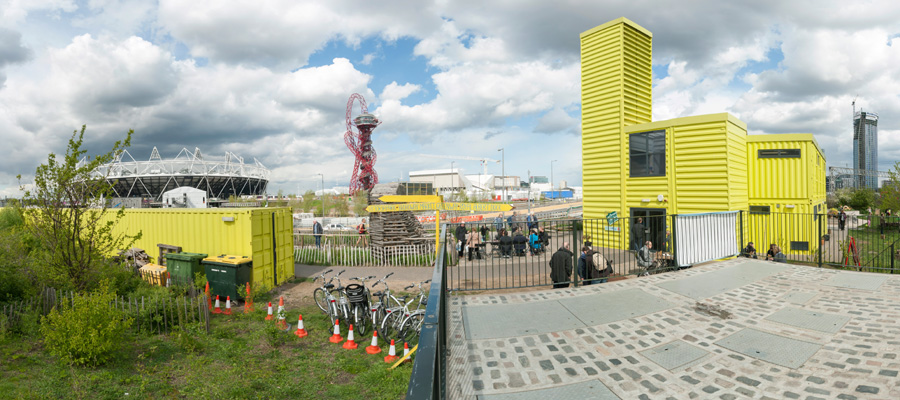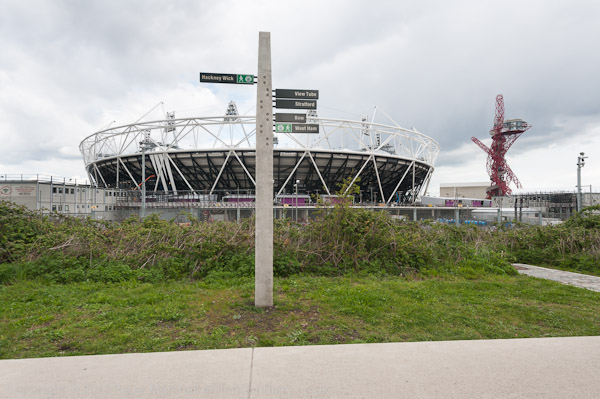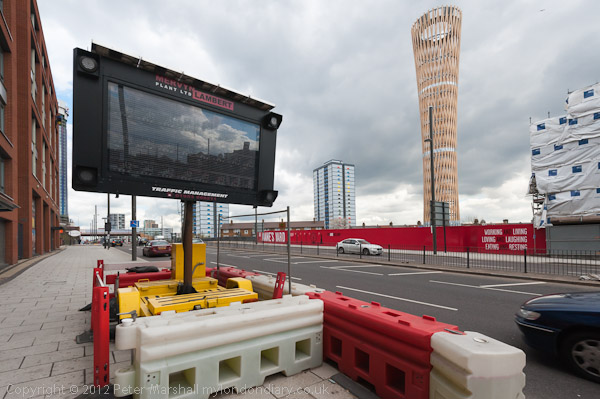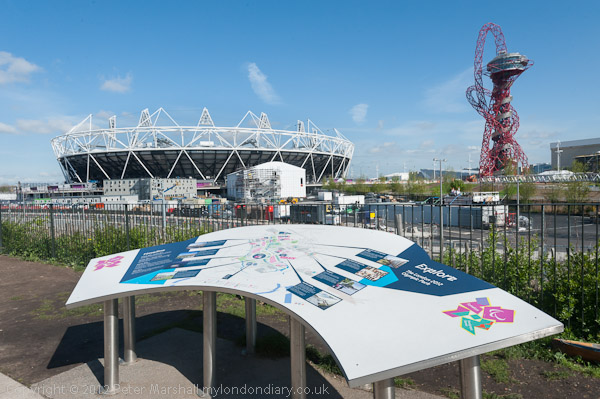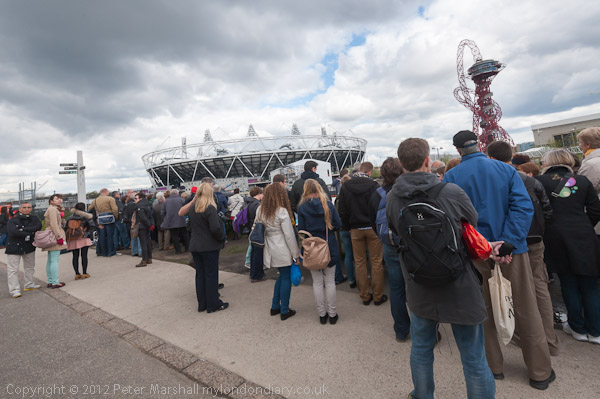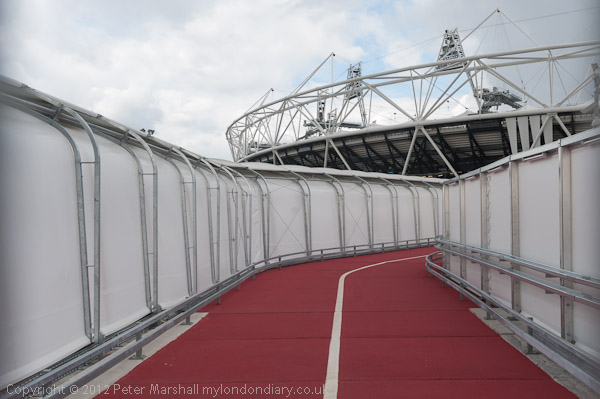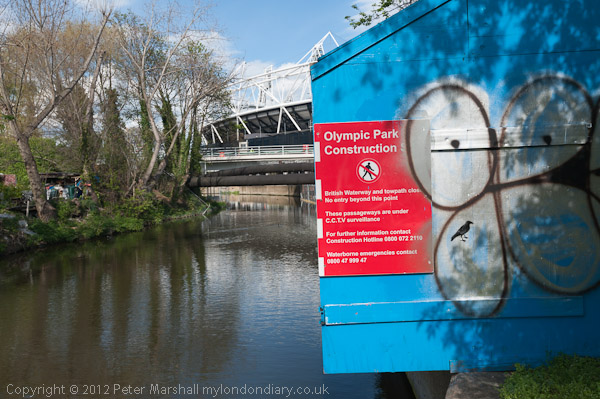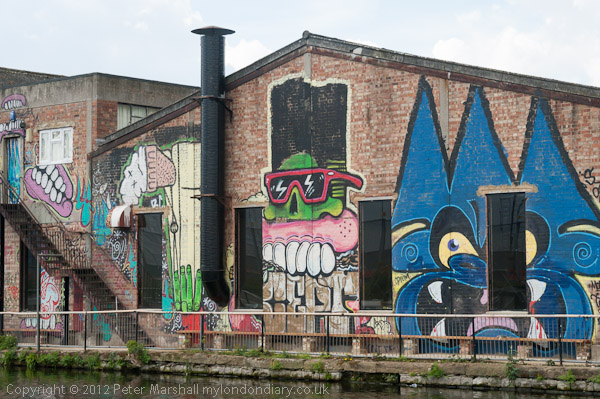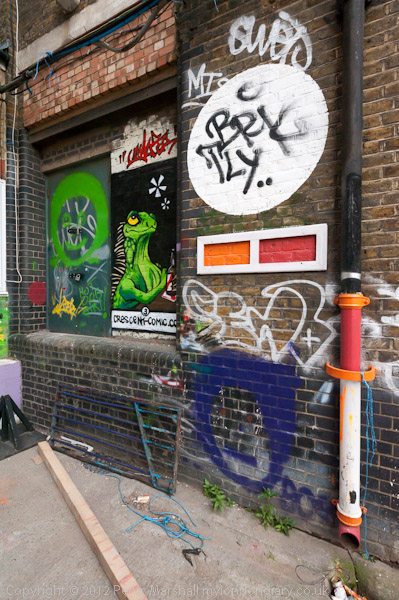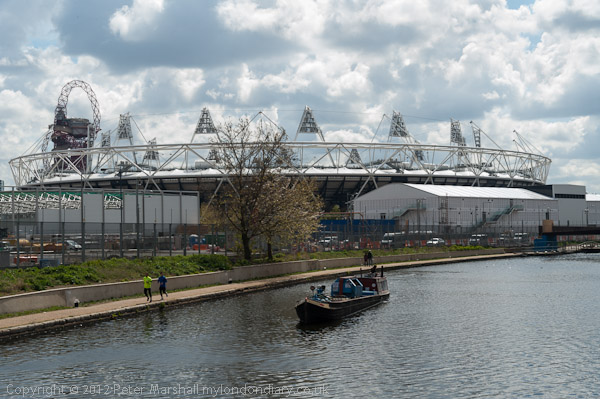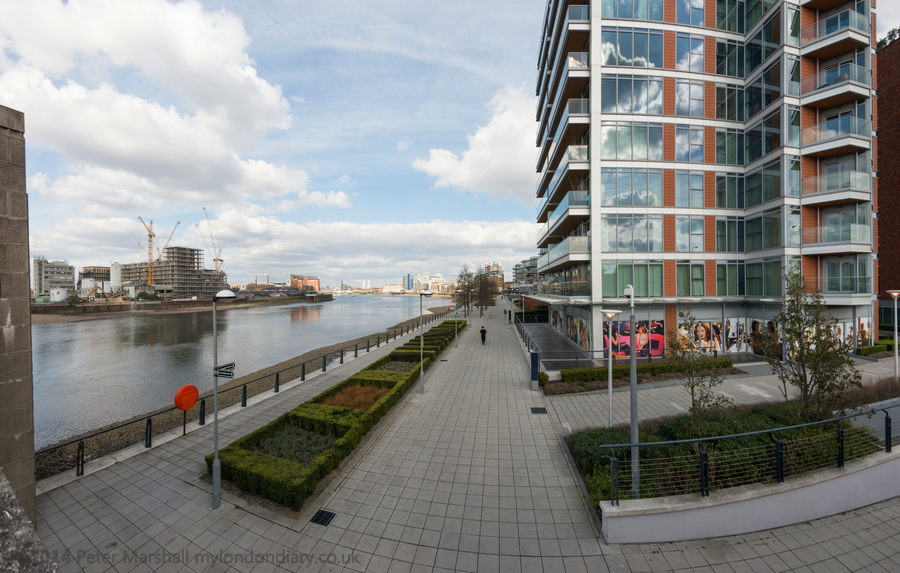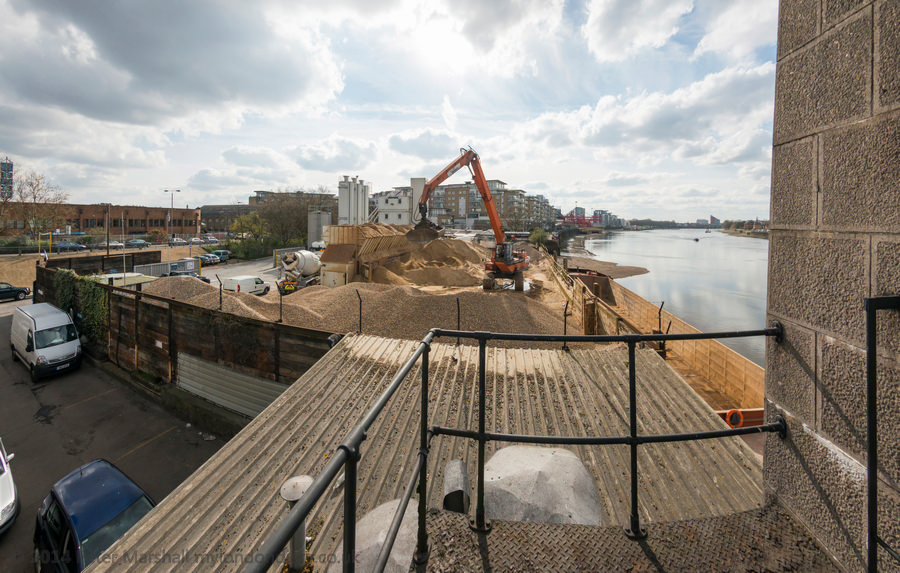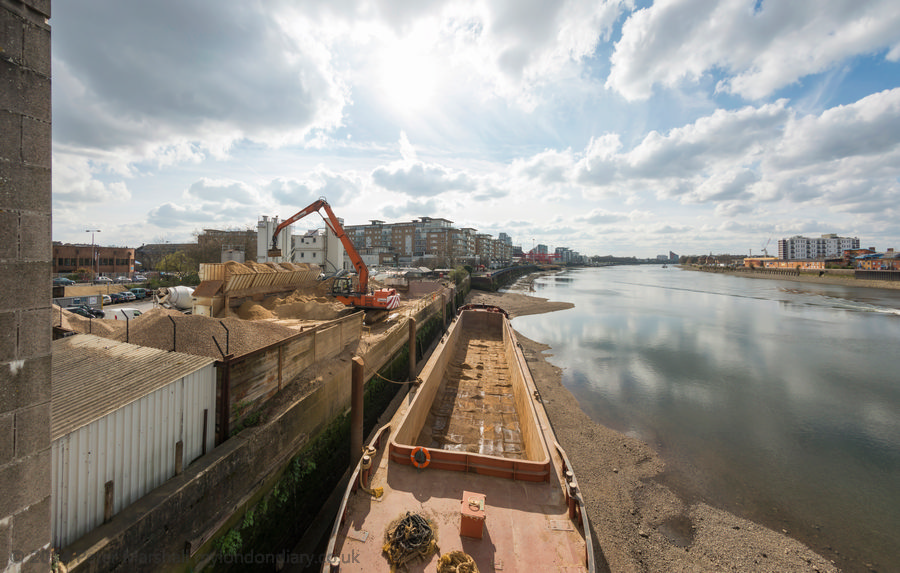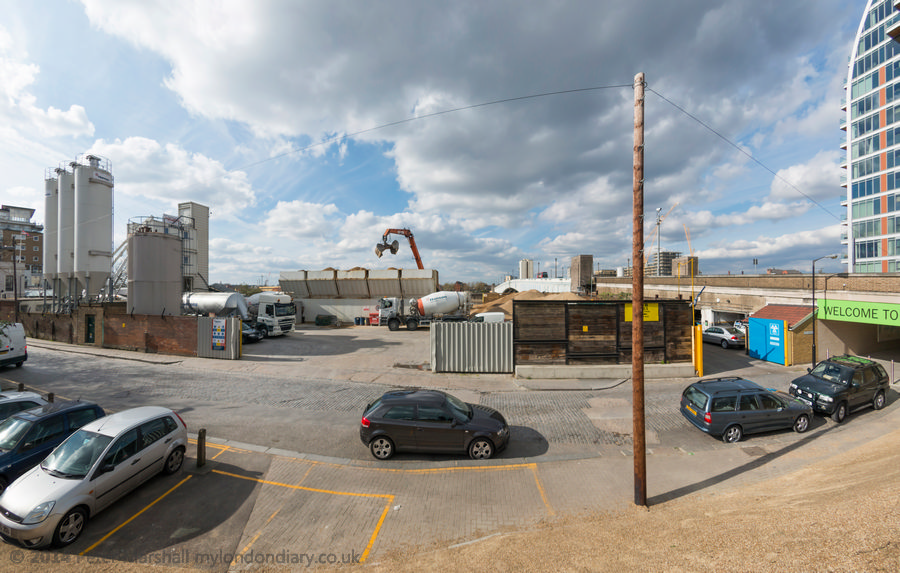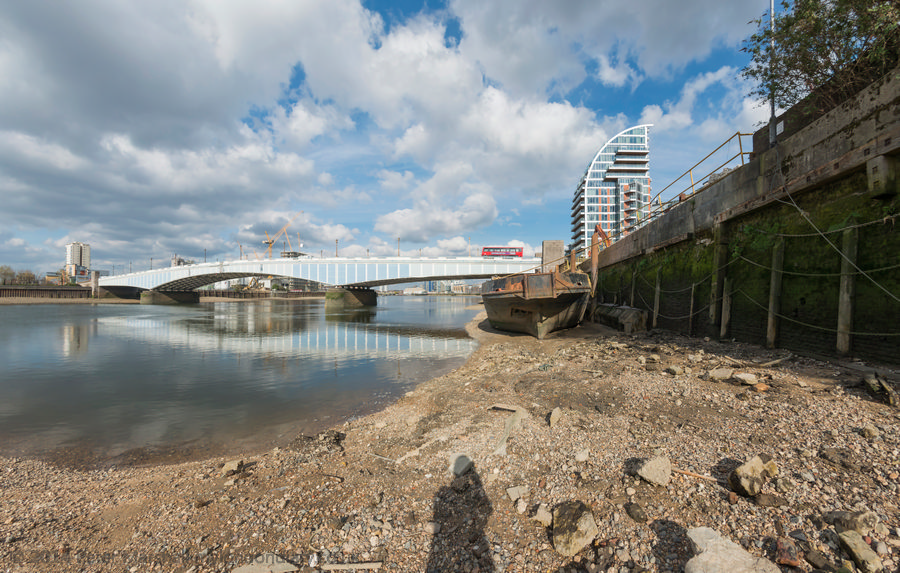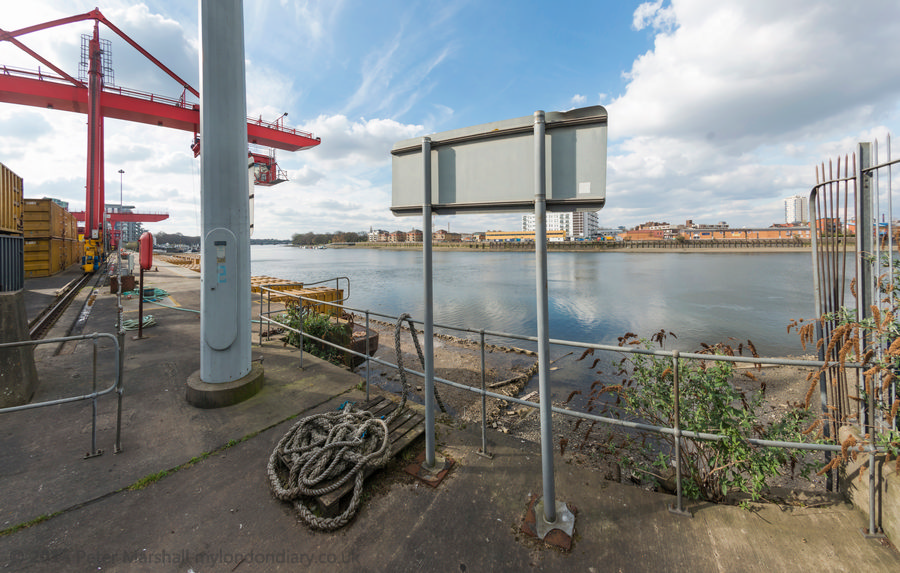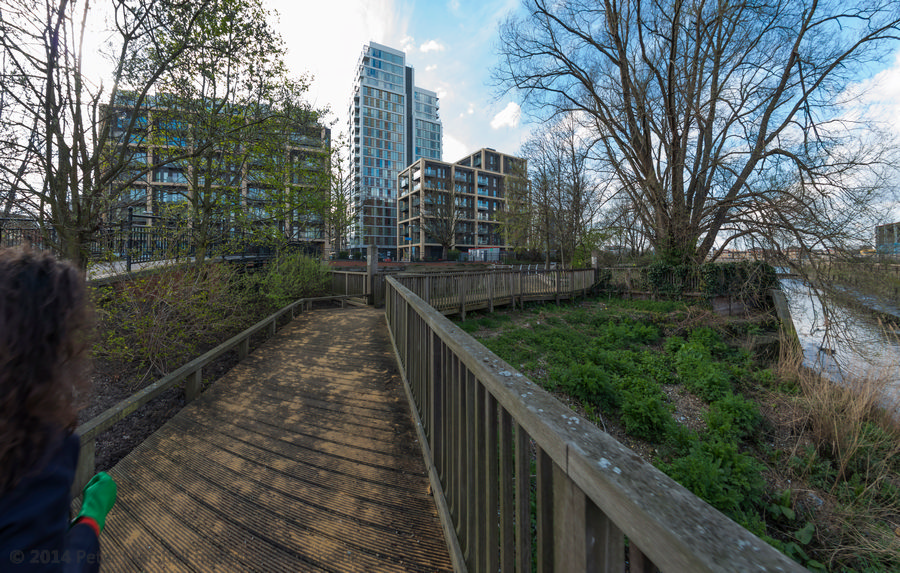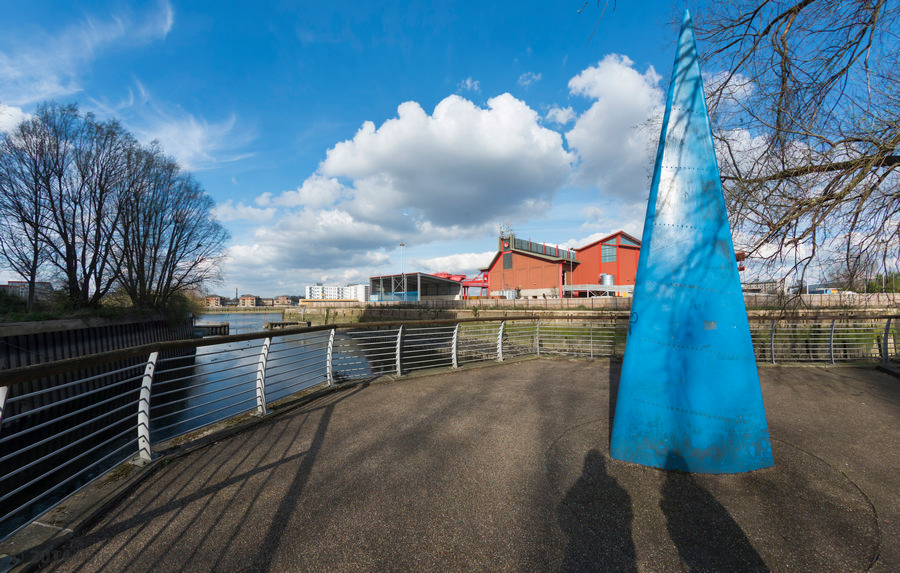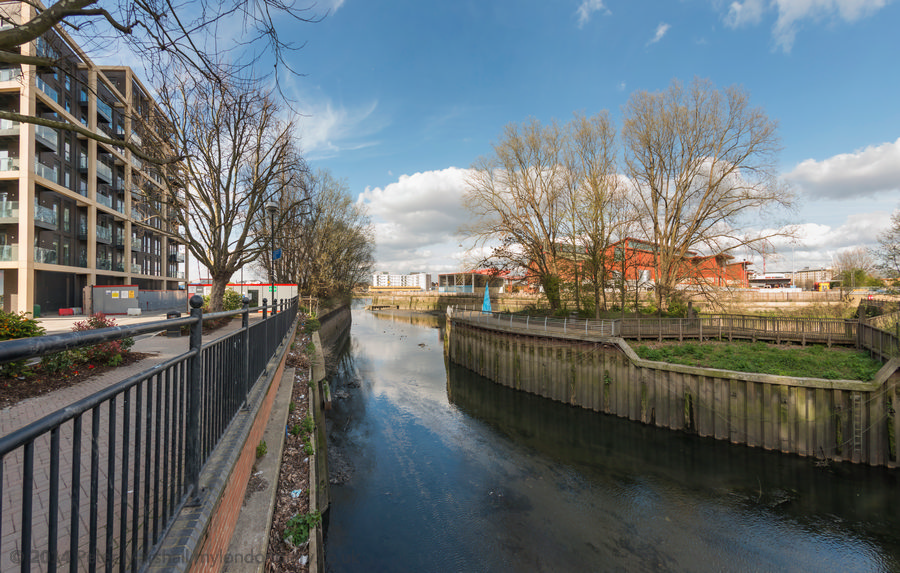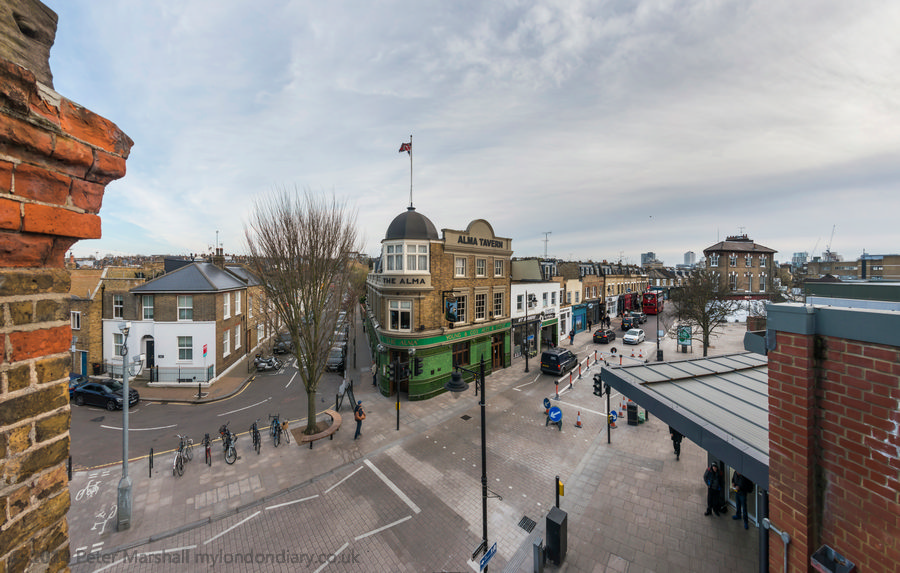Thames Path Panoramas: Back in January 2013 I had photographed and taken part in a rather less bloody re-enactment of the Epiphany bloody armed insurrection by Thomas Venner and fellow Fifth Monarchists against the re-imposition of the monarchy in 1661 being performed by Class War for film director Suzy Gillett. I’d tried hard to avoid getting in the way of the camera but do appear for a few seconds as the insurrection made its way to seize St Paul’s Cathedral.
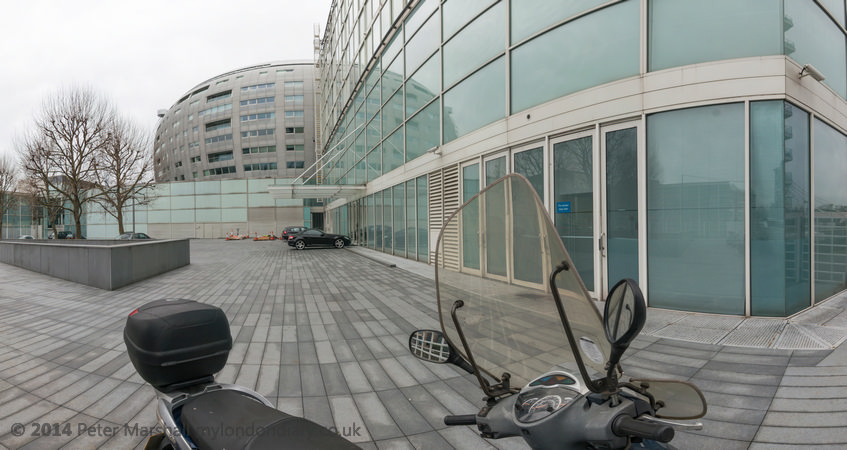
On Sunday 5th January, a year less a day later I and others involved were invited to a private afternoon screening of the film at the Cinema Museum close to the Elephant & Castle. As it was a fine day I went up some hours earlier to walk and photograph a little nearby section of the Thames Path.
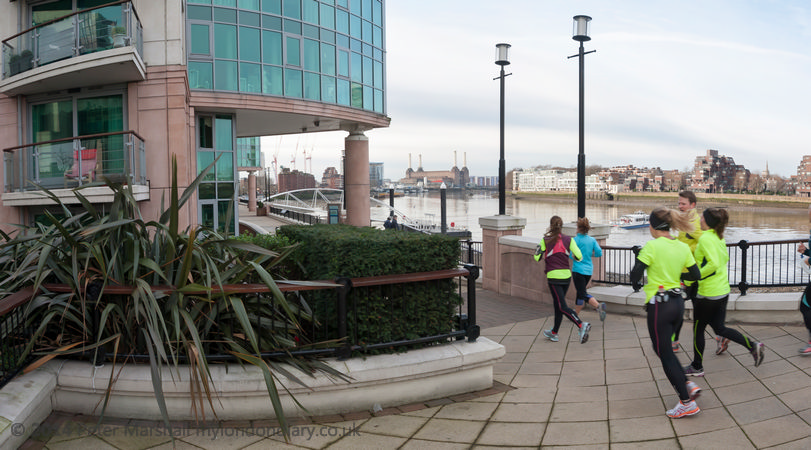
I’d been making panoramic photographs since the 1980s, at first by cutting and mounting together a few prints from black and white images. Back in 1991 I’d bought my first panoramic camera, a Japanese Widelux F8 with a lens that swings around while making a picture on 35mm film, held in a curve so that the centre of the lens remains at a constant distance from the film. Later I bought several more similar but much cheaper cameras made in Russia and a Chinese beast taking 120 film.

These cameras all produced a very wide angle of view – around 120 or 130 degrees – but with a different perspective to “normal” cameras, with some characteristic curvature of objects. The normal rectilinear view stretches out objects at the edges of the frame and is only really usable up to around a 90 degree angle of view. Later I did work with a Hassleblad X-Pan camera and with a 30mm lens which gives a 94 degree horizontal view – around the maximum usable for a rectilinear view.
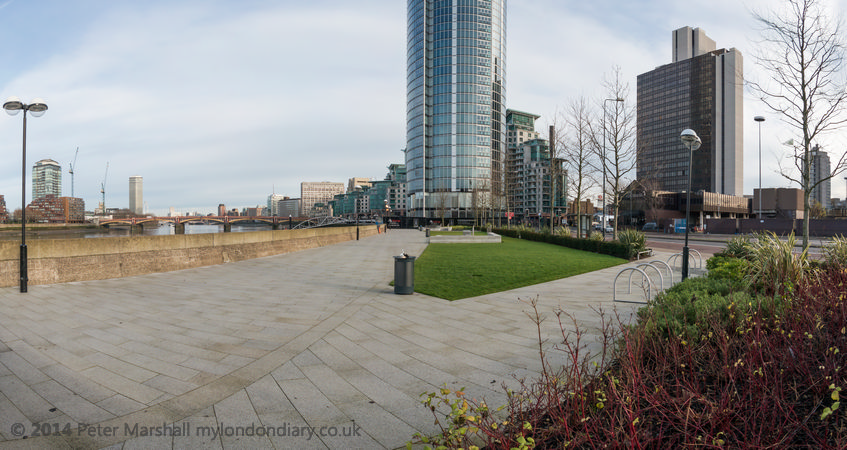
Digital methods changed the game. At first I used a film scanner and software that enabled me to merge several scanned images. Then things became even easier when I shifted to a digital camera. For projects such as ‘The Secret Gardens of St John’s Wood‘ I combined up to around 8 different 12.3Mp digital images form a Nikon D300 to make very large prints with wide angles of view.
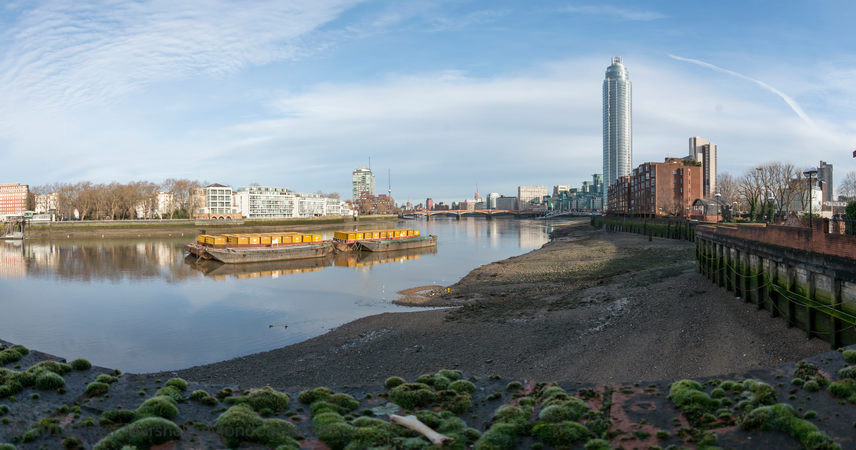
But by 2014 I was working with a Nikon D800E and it had occurred to me that there was a simpler solution with its 36.3Mp images. I could use the 16mm Nikon fisheye which gives 180 degree diagonal coverage filling the frame and then convert these images digitally from their fisheye projection to the more friendly cylindrical projection of my panoramic cameras.

I could now make panoramas almost as easily as taking any other images, capturing moving as well as static scenes with ease. For most panoramic images it is important to have the camera level, and the D800E had nice clear indicators that could be displayed in the viewfinder to ensure this, and with an f2.8 lens tripods became a thing of the past.
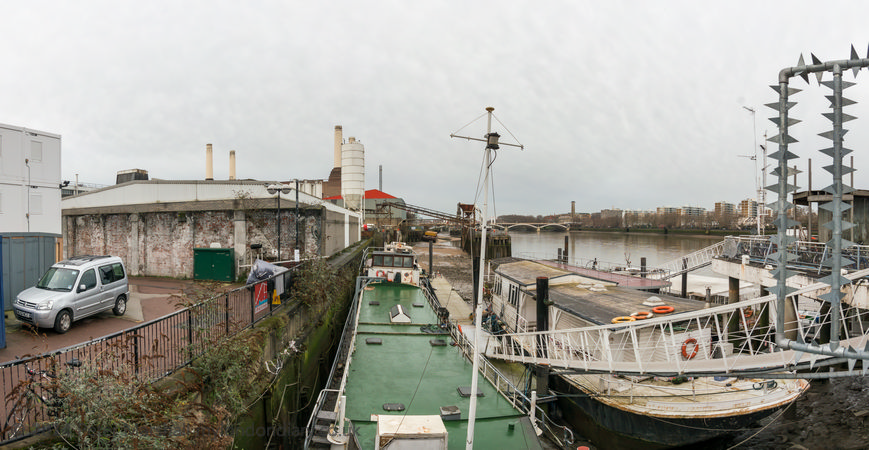
For these images I used the incredibly flexible PTGui software, but later found the simpler Fish-Eye Hemi plugin for Lightroom more convenient, though PTGui allows some interesting options. Unfortunately this plugin is no longer available, though I hope it or a similar plugin will be made available again. Using it you transform the images without any loss of image at the centres of both horizontal and vertical sides so you can visualise what will be in your final image when looking at the viewfinder while taking images.

Many more pictures at Thames Path Panoramas.
Flickr – Facebook – My London Diary – Hull Photos – Lea Valley – Paris
London’s Industrial Heritage – London Photos
All photographs on this page are copyright © Peter Marshall.
Contact me to buy prints or licence to reproduce.
